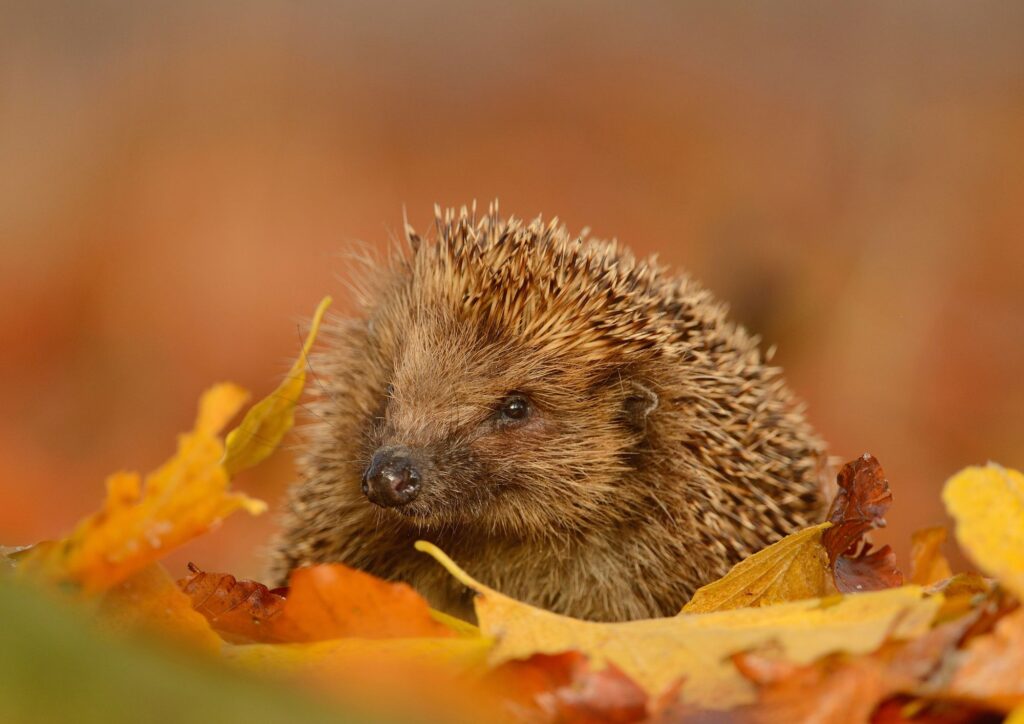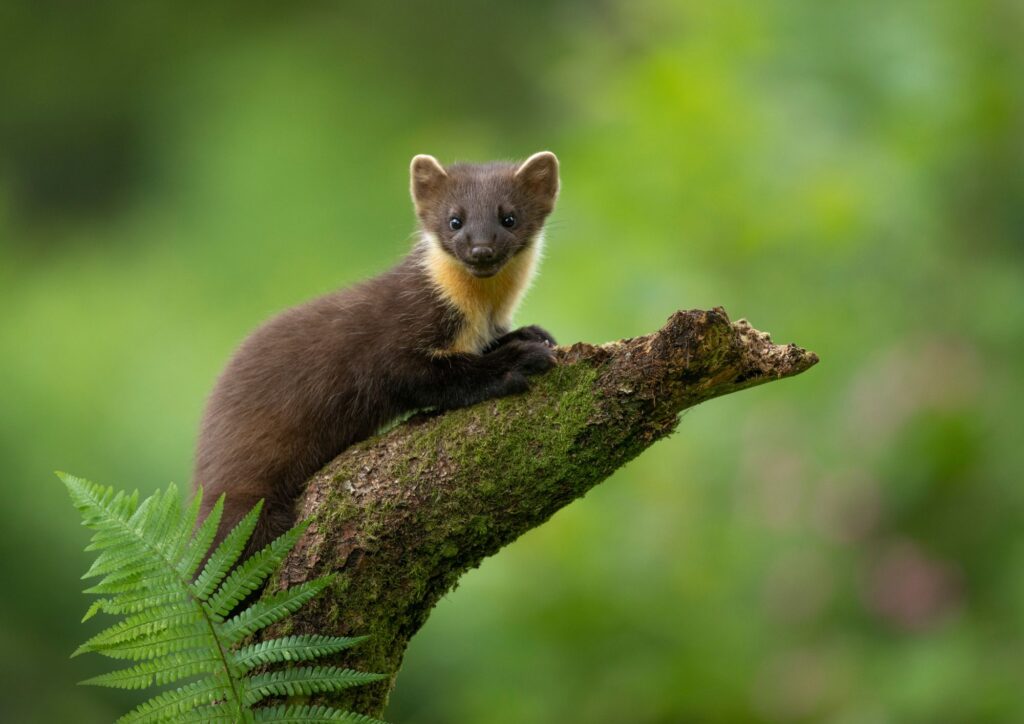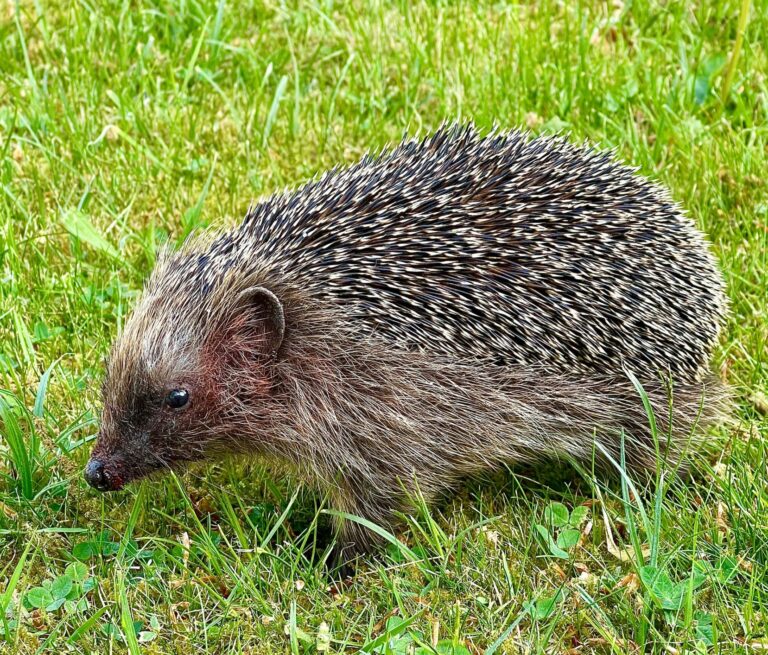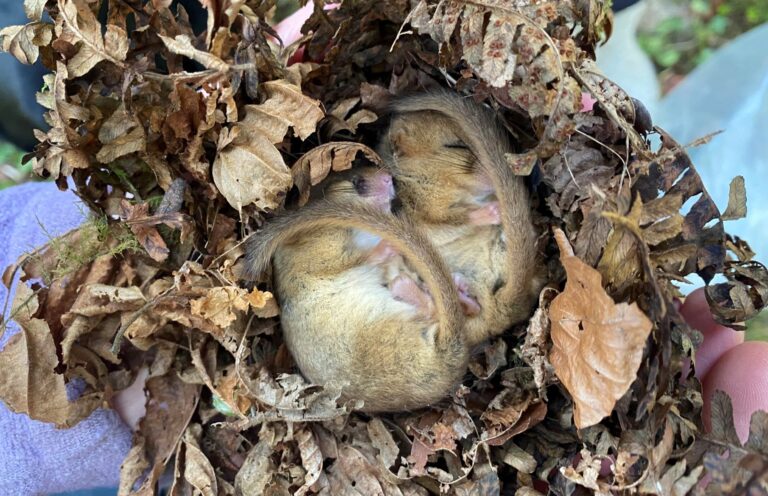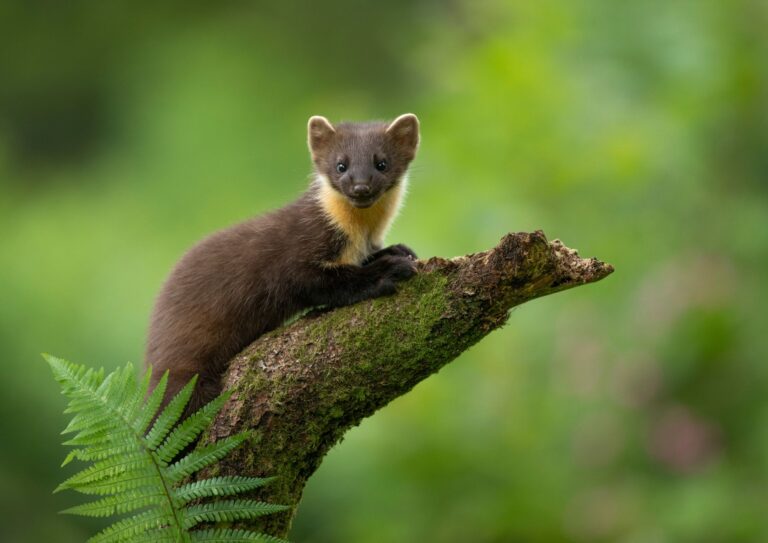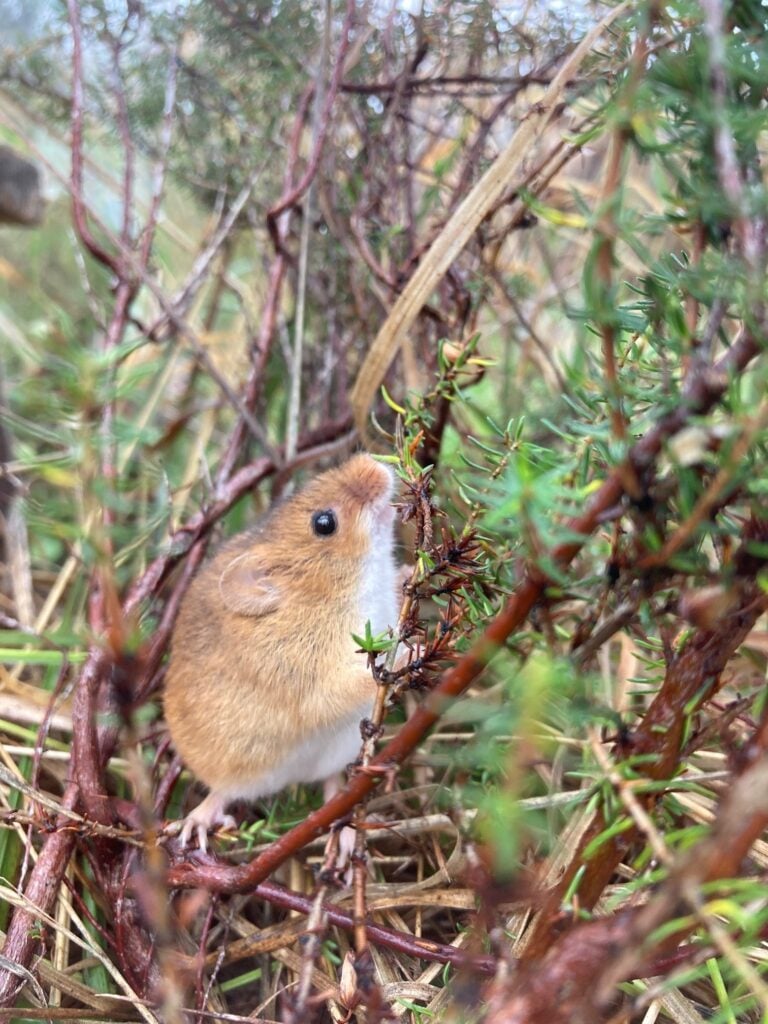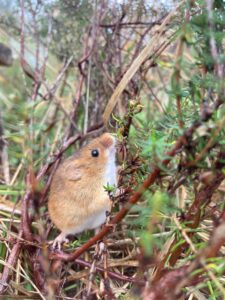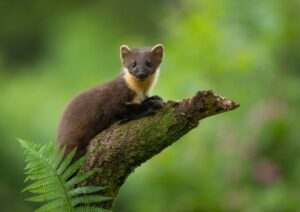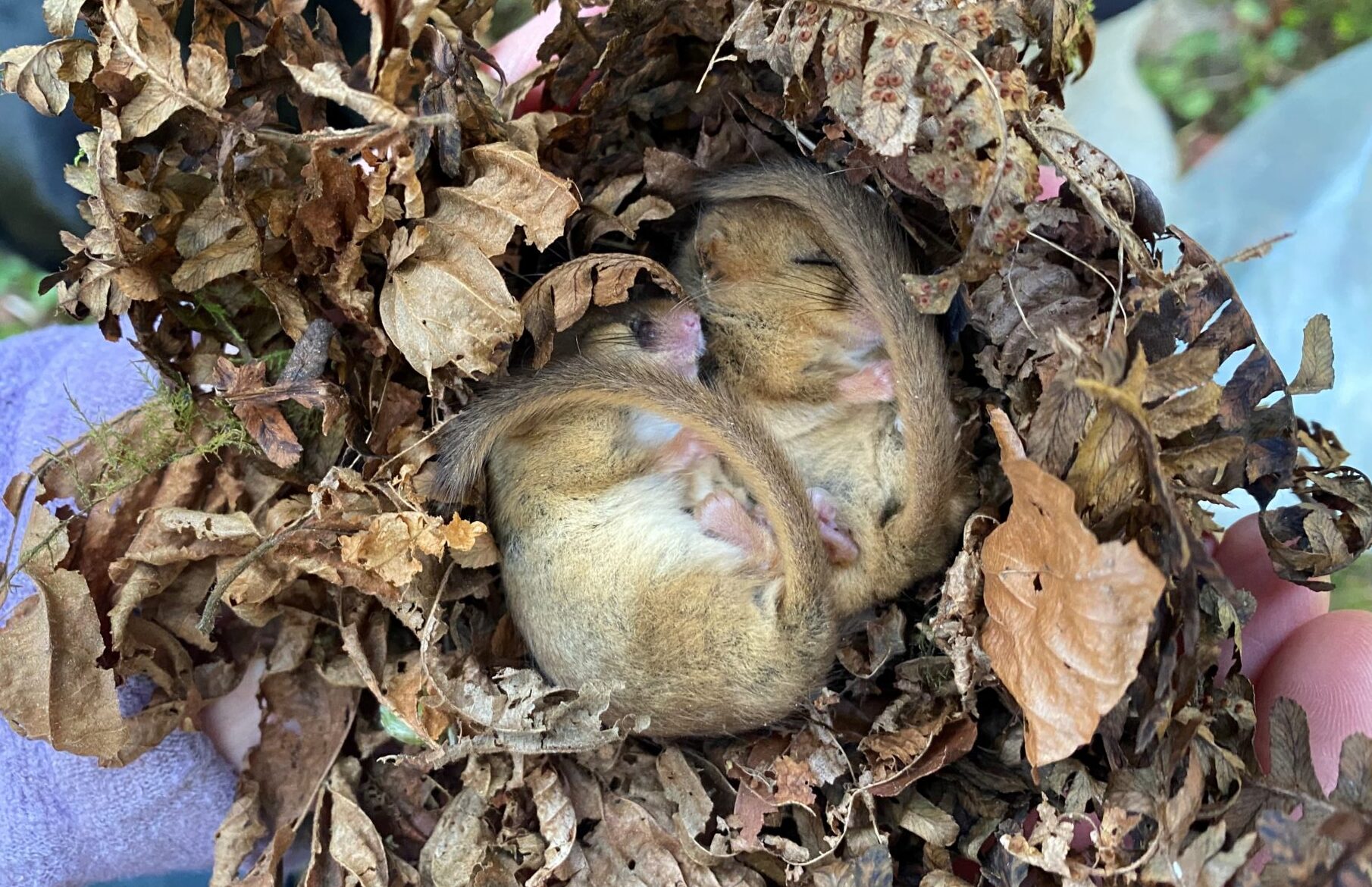Devon supports all native terrestrial mammals other than the Irish (mountain) hare, yellow-necked mouse, red squirrel and wildcat. Devon also has both UK breeds of feral horse (Dartmoor and Exmoor ponies) and a herd of feral goats. Terrestrial mammals living on watercourses are discussed on the freshwater mammals page.
Terrestrial mammals live in all habitats across Devon, including urban areas. Unlike other species many terrestrial mammals such as badgers, hedgehog and foxes are easy to identify and well known. Other common species include mice, voles, shrews, deer, stoats, weasels, polecats, and (following their re-introduction in 2024) pine martens. Non-native mammals include rabbits as well as deer and grey squirrels which are both discussed on the Invasives page.
Most small mammals are under-recorded, so not much is known about their population size and distribution. Stoats and weasels are also under-recorded. Polecats are known to be breeding in the wild in Devon following unofficial releases. Species under threat and identified as Devon Special SpeciesDevon Species of Conservation Concern which have been 'shortlisted' as needing particular action or attention (rather than being iconic species). More are listed below.
Devon Wildlife Trust and partners are currently working on the South West Wildcat Project which is investigating whether it is possible and appropriate to re-introduce wild cats to Devon and other parts of the region. See links in Find out more.

